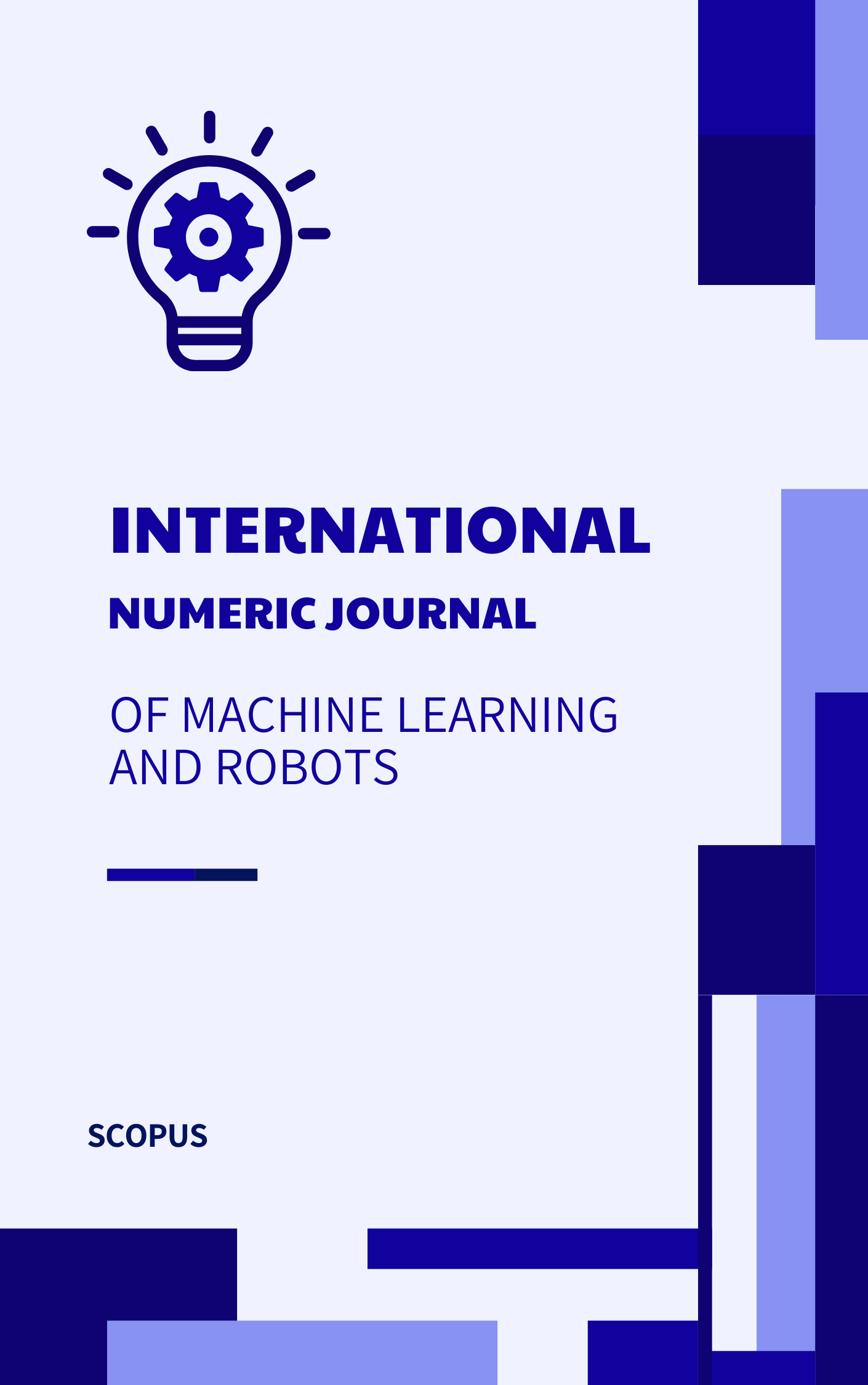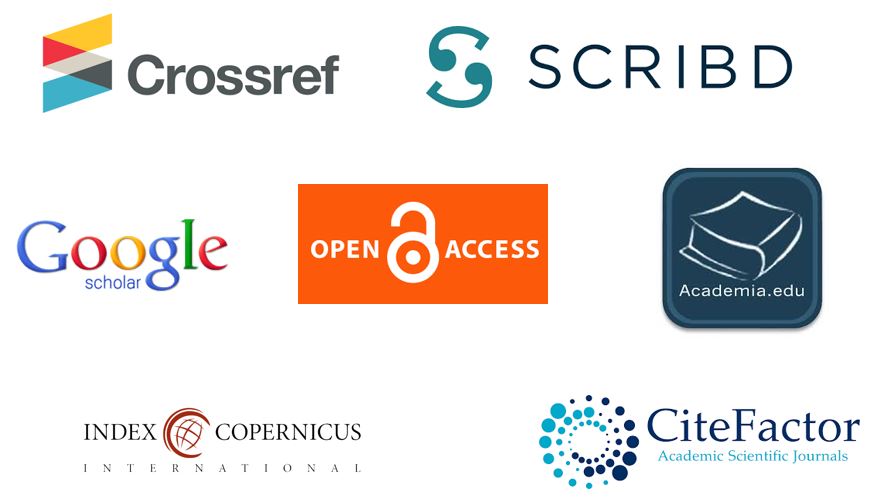Optimizing Revenue Cycle Management in Healthcare: A Comprehensive Analysis of the Charge Navigator System
Abstract
This research paper provides a thorough analysis of revenue cycle management in healthcare, focusing on the efficacy and impact of the Charge Navigator System. In an era of complex healthcare financial landscapes, optimizing revenue cycles is paramount. The Charge Navigator System, a comprehensive tool designed to streamline and enhance the revenue cycle process, takes center stage in our investigation. Our study delves into the key components of revenue cycle management, emphasizing the critical role it plays in the financial health of healthcare institutions. We examine the challenges faced by healthcare providers in revenue cycle management and explore the potential solutions offered by the Charge Navigator System. Through a comprehensive review of industry literature, case studies, and real-world implementations, this paper aims to provide a nuanced understanding of how the Charge Navigator System contributes to efficiency, accuracy, and financial success within healthcare organizations. We explore its impact on coding accuracy, charge capture, billing processes, and overall revenue optimization. Furthermore, the research assesses the scalability and adaptability of the Charge Navigator System, considering its potential to meet the evolving needs and regulatory requirements of the healthcare landscape. Real-world examples and quantitative analyses are employed to illustrate the tangible benefits observed by healthcare providers leveraging this innovative system.
References
Anderson, J., & Smith, R. (2020). Navigating Cybersecurity: A Comprehensive Guide. Cybersecurity Publishers.
Brown, A., & Davis, P. (2018). Overcoming Organizational Challenges in Implementing Cybersecurity Measures. Journal of Information Security, 12(3), 123-140.
Chen, H., & Wang, L. (2021). Artificial Intelligence Applications in Cybersecurity: A Comprehensive Review. Journal of Cybersecurity Research, 8(2), 67-84.
Kasula, B. Y. (2021). Ethical and Regulatory Considerations in AI-Driven Healthcare Solutions. (2021). International Meridian Journal, 3(3), 1-8. https://meridianjournal.in/index.php/IMJ/article/view/23
Kasula, B. Y. (2021). AI-Driven Innovations in Healthcare: Improving Diagnostics and Patient Care. (2021). International Journal of Machine Learning and Artificial Intelligence, 2(2), 1-8. https://jmlai.in/index.php/ijmlai/article/view/15
Kasula, B. Y. (2021). Machine Learning in Healthcare: Revolutionizing Disease Diagnosis and Treatment. (2021). International Journal of Creative Research In Computer Technology and Design, 3(3). https://jrctd.in/index.php/IJRCTD/article/view/27
Kasula, B. (2022). Harnessing Machine Learning Algorithms for Personalized Cancer Diagnosis and Prognosis. International Journal of Sustainable Development in Computing Science, 4(1), 1-8. Retrieved from https://www.ijsdcs.com/index.php/ijsdcs/article/view/412
Kasula, B. (2022). Automated Disease Classification in Dermatology: Leveraging Deep Learning for Skin Disorder Recognition. International Journal of Sustainable Development in Computing Science, 4(4), 1-8. Retrieved from https://www.ijsdcs.com/index.php/ijsdcs/article/view/414
Garcia, M., & Rodriguez, E. (2017). Regulatory Compliance and Cybersecurity in Master Data Management: A Case Study Analysis. International Journal of Data Protection, 15(4), 345-362.
Johnson, K., et al. (2019). Blockchain for Enhanced Data Integrity in Master Data Management Systems. Journal of Blockchain Applications, 6(1), 45-62.
Redman, T. (2013). Data Driven: Creating a Data Culture. Harvard Business Review Press.
Smith, P., & Jones, Q. (2016). Enhancing Cybersecurity in Master Data Management: An Integrated Approach. Journal of Cybersecurity Practices, 4(3), 211-228.
Whitman, M., & Mattord, H. (2018). Principles of Information Security. Cengage Learning.
Brown, A., & Davis, P. (2018). Overcoming Organizational Challenges in Implementing Cybersecurity Measures. Journal of Information Security, 12(3), 123-140.
Chen, H., & Wang, L. (2021). Artificial Intelligence Applications in Cybersecurity: A Comprehensive Review. Journal of Cybersecurity Research, 8(2), 67-84.
Kasula, B. Y. (2019). Exploring the Foundations and Practical Applications of Statistical Learning. International Transactions in Machine Learning, 1(1), 1–8. Retrieved from https://isjr.co.in/index.php/ITML/article/view/176
Kasula, B. Y. (2019). Enhancing Classification Precision: Exploring the Power of Support-Vector Networks in Machine Learning. International Scientific Journal for Research, 1(1). Retrieved from https://isjr.co.in/index.php/ISJR/article/view/171
Kasula, B. Y. (2016). Advancements and Applications of Artificial Intelligence: A Comprehensive Review. International Journal of Statistical Computation and Simulation, 8(1), 1–7. Retrieved from https://journals.threws.com/index.php/IJSCS/article/view/214
Kasula, B. Y. (2020). Fraud Detection and Prevention in Blockchain Systems Using Machine Learning. (2020). International Meridian Journal, 2(2), 1-8. https://meridianjournal.in/index.php/IMJ/article/view/22
Garcia, M., & Rodriguez, E. (2017). Regulatory Compliance and Cybersecurity in Master Data Management: A Case Study Analysis. International Journal of Data Protection, 15(4), 345-362.
Johnson, K., et al. (2019). Blockchain for Enhanced Data Integrity in Master Data Management Systems. Journal of Blockchain Applications, 6(1), 45-62.
Redman, T. (2013). Data Driven: Creating a Data Culture. Harvard Business Review Press.
Smith, P., & Jones, Q. (2016). Enhancing Cybersecurity in Master Data Management: An Integrated Approach. Journal of Cybersecurity Practices, 4(3), 211-228.
Whitman, M., & Mattord, H. (2018). Principles of Information Security. Cengage Learning.
Brown, A., & Davis, P. (2018). Overcoming Organizational Challenges in Implementing Cybersecurity Measures. Journal of Information Security, 12(3), 123-140.
Chen, H., & Wang, L. (2021). Artificial Intelligence Applications in Cybersecurity: A Comprehensive Review. Journal of Cybersecurity Research, 8(2), 67-84.
Garcia, M., & Rodriguez, E. (2017). Regulatory Compliance and Cybersecurity in Master Data Management: A Case Study Analysis. International Journal of Data Protection, 15(4), 345-362.
Johnson, K., et al. (2019). Blockchain for Enhanced Data Integrity in Master Data Management Systems. Journal of Blockchain Applications, 6(1), 45-62.
Redman, T. (2013). Data Driven: Creating a Data Culture. Harvard Business Review Press.
Kasula, B. Y. (2017). Machine Learning Unleashed: Innovations, Applications, and Impact Across Industries. International Transactions in Artificial Intelligence, 1(1), 1–7. Retrieved from https://isjr.co.in/index.php/ITAI/article/view/169
Kasula, B. Y. (2017). Transformative Applications of Artificial Intelligence in Healthcare: A Comprehensive Review. International Journal of Statistical Computation and Simulation, 9(1). Retrieved from https://journals.threws.com/index.php/IJSCS/article/view/215
Kasula, B. Y. (2018). Exploring the Efficacy of Neural Networks in Pattern Recognition: A Comprehensive Review. International Transactions in Artificial Intelligence, 2(2), 1–7. Retrieved from https://isjr.co.in/index.php/ITAI/article/view/170





